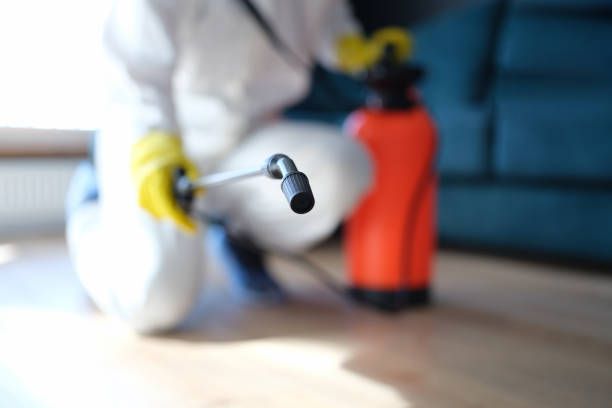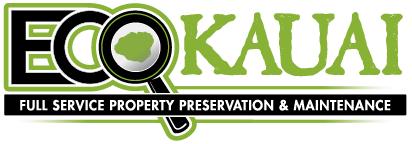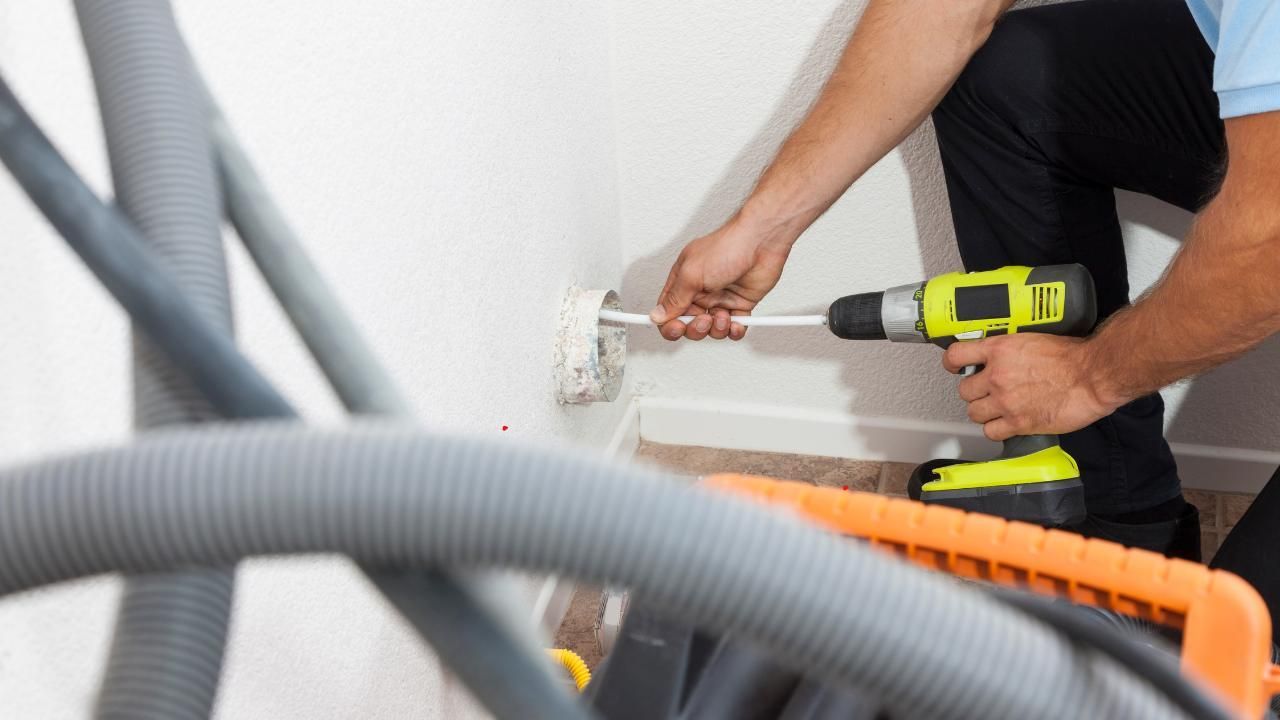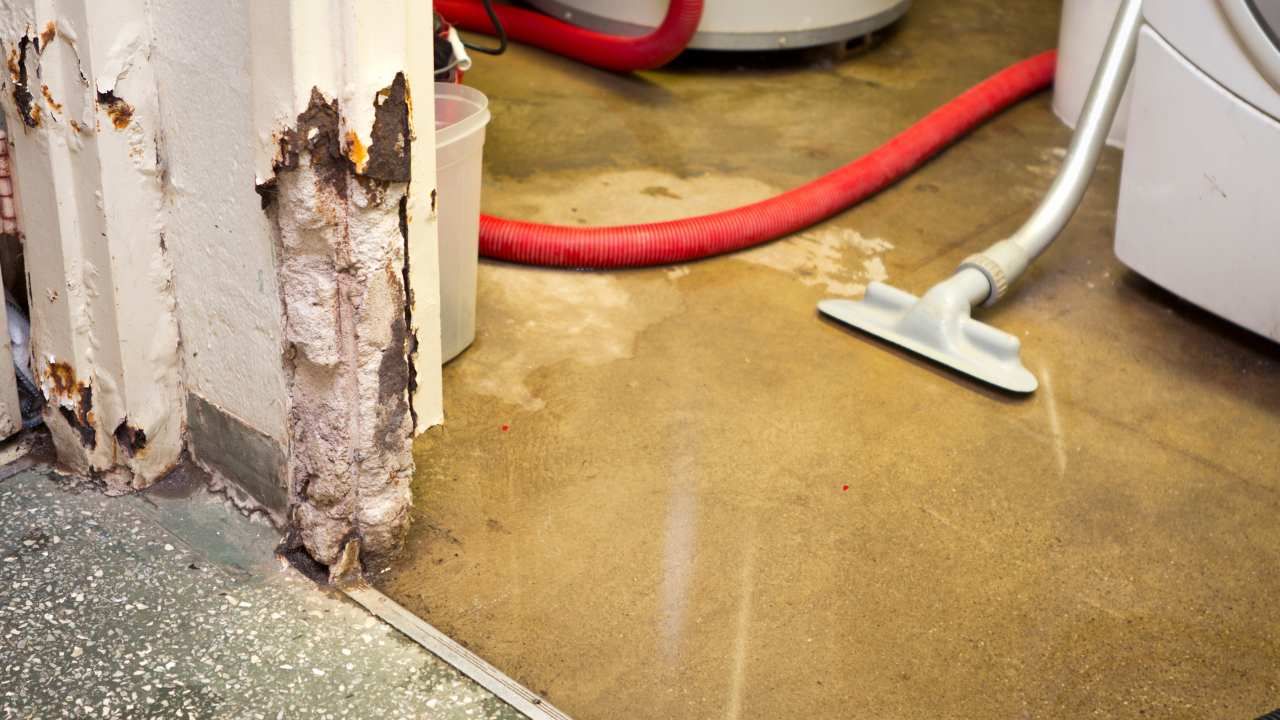➜ Have an Emergency? Call Today (808) 652-0106
➜ Have an Emergency? Call Today (808) 652-0106
Mold and Property Management: Proactive Measures for Hawaiian Property Managers
Understanding the Hawaiian Climate and Mold

In the tropical paradise of Hawaii, property managers face unique challenges when it comes to maintaining a healthy and safe living environment. One of the perennial concerns is the presence of mold, which thrives in the warm and humid climate. As property managers play a pivotal role in ensuring the well-being of residents and protecting the value of properties, adopting proactive measures for mold prevention and remediation is crucial. In this comprehensive guide, we will explore the specific challenges Hawaii presents, the implications of mold on property management, and proactive strategies for mitigating mold-related risks.
Hawaii's tropical climate is characterized by high temperatures, abundant rainfall, and consistent humidity levels. While the stunning landscapes and year-round warmth attract residents and tourists alike, these conditions also create an ideal breeding ground for mold. Mold spores are omnipresent, and when combined with warmth and moisture, they can quickly develop into visible colonies, posing risks to both the property and its occupants.
Proactive Measures for Mold Prevention
Regular Inspections and Assessments
Regular inspections are the foundation of proactive mold prevention in Hawaii. Property managers should conduct thorough assessments of both interior and exterior spaces, paying special attention to areas prone to moisture, such as bathrooms, kitchens, basements, and crawl spaces. Inspections should also include roofing, windows, and exterior walls to identify potential points of water intrusion.
Effective Water Damage Response
Promptly addressing water damage is critical in mold prevention. Property managers should establish and communicate clear procedures for reporting water leaks or damage. Quick response to leaks, floods, or plumbing issues can prevent the development of conditions conducive to mold growth.
Educating Residents on Mold Prevention
Tenant education plays a key role in mold prevention. Property managers should provide informational materials or conduct workshops to educate residents about the signs of mold, the importance of proper ventilation, and the need to report leaks promptly. Empowering residents to take preventive measures in their daily habits can contribute significantly to a mold-free environment.
Implementing Proper Ventilation Systems
Good ventilation is essential for controlling humidity levels and preventing mold growth. Property managers should ensure that all properties are equipped with effective ventilation systems, such as exhaust fans in bathrooms and kitchens. Regular maintenance and cleaning of ventilation systems are equally important to keep them functioning optimally.
Installing Dehumidifiers in Vulnerable Areas
In areas with consistently high humidity levels, such as basements or rooms with poor ventilation, installing dehumidifiers can be an effective preventive measure. Property managers should identify vulnerable spaces and consider the installation of energy-efficient dehumidifiers to maintain humidity levels below the threshold conducive to mold growth.
Proactive Landscaping Practices
Landscaping can impact the moisture levels around a property. Property managers should encourage landscaping practices that facilitate proper water drainage away from buildings. This includes maintaining gutters, ensuring proper grading, and using landscaping features that promote water runoff.
Regular Roof Maintenance
Roof leaks are a common source of water intrusion that can lead to mold growth. Property managers should schedule regular roof inspections and maintenance to identify and address any issues promptly. Investing in high-quality roofing materials and addressing repairs promptly can prevent water from seeping into the property.
Use of Mold-Resistant Building Materials
In construction and renovation projects, property managers should consider the use of mold-resistant building materials. These materials, such as mold-resistant drywall and paint, can provide an added layer of protection against mold growth.
Proactive Measures for Mold Remediation
Establishing a Mold Response Plan
Property managers should develop a comprehensive mold response plan outlining the steps to be taken in the event of mold discovery. This plan should include procedures for resident communication, temporary relocation if necessary, and collaboration with mold remediation professionals.
Investing in Professional Mold Remediation Training
Property management staff should receive training on recognizing the signs of mold, understanding health risks, and implementing initial response measures. Training ensures that property management teams can act swiftly and efficiently when faced with mold-related challenges.
Maintaining Relationships with Local Health Departments
Establishing and maintaining relationships with local health departments can provide property managers with valuable resources and information on mold-related regulations and health guidelines. Collaboration with health departments can also ensure compliance with any reporting or disclosure requirements.
Implementing Routine Mold Testing
Routine mold testing, especially in high-risk areas, can be a proactive measure for identifying potential issues before they become major problems. Property managers can collaborate with mold testing professionals to conduct periodic assessments, providing an additional layer of assurance for residents.
Educating Residents on Mold Remediation Procedures
In the unfortunate event of mold growth, clear communication with residents is essential. Property managers should educate residents on mold remediation procedures, including temporary relocations if necessary. Transparency about the steps being taken to address the issue helps build trust and cooperation.
Documenting and Reporting Mold Incidents
Thorough documentation of mold incidents is crucial for liability protection and compliance with regulations. Property managers should maintain detailed records of mold assessments, remediation efforts, and resident communications. Reporting incidents promptly to relevant authorities is also essential. The field of mold remediation is dynamic, with evolving technologies and best practices. Property management teams should engage in ongoing professional development to stay abreast of industry advancements, new regulations, and effective remediation strategies. Property managers in Hawaii face the continuous challenge of mold prevention and remediation due to the unique tropical climate. By adopting proactive measures, property managers can create safer and healthier living environments for residents while protecting property values and minimizing legal liabilities.
Through regular inspections, effective communication with residents, collaboration with ECO Kauai Services, and the integration of advanced technologies, property managers can stay ahead of mold-related challenges. By prioritizing proactive strategies, property managers not only fulfill their duty to residents but also contribute to the long-term success and sustainability of the properties they manage in the picturesque landscapes of Hawaii. Let's connect to discuss how these strategies can be implemented effectively in your property management approach.
Call us to book a mold inspection or remediation on Kaua'i, HI now.
CONTACT INFO
Justin Jacobs
FIND US ON:
SERVICES PROVIDED
Water Damage
Emergency Extraction
Tear-Out
Structural Drying
Mold Removal
Mold Inspection
Mold Testing
Mold Remediation
Power Washing
Mildew Removal
ISLAND-WIDE SERVICES
Wailua
Kalahe
oLihu
eKeali
aPrincevill
eKapa
aHanapep
eHanale
iPoip
uHaen
All Rights Reserved | ECOKauaiServices.com
Website Managed by
Leads By Vinny




